Max de Klerk
Active member
Dear forum members,
Hello I have several questions about this Wehrmacht Stahlhelm 35 model. Not sure if I am correct via the thread, but I will see for myself in the responses.
Would like to hear as much information as possible about this helmet for example, originality of patina, liner and interior.
Here as far as information known to me about the helmet,
Liner: Carltes 1938 last three badly readable and unclear.
Interior (as far as I can describe it: Bln- C (bottom of logo) Marking of maker around with text all around and in the middle 1937.
Helmet shell: ET 64 3679, been double decal, now only by removing the three colors.
Name written in helmet and sewn on fabric with red thread on interior.
Would love to hear from you!
With Kind Regards,
Max

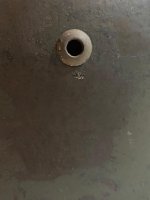

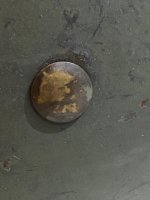
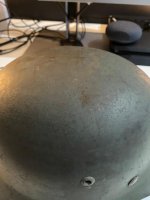
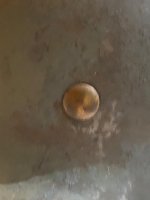
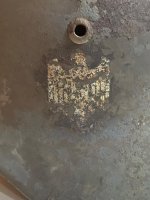
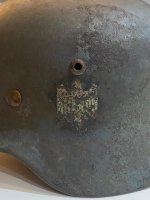
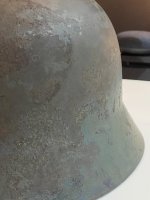
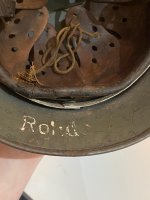
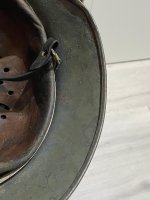
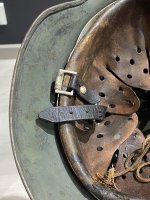
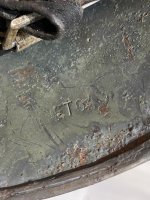

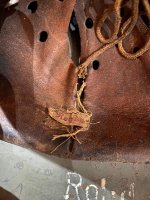
Hello I have several questions about this Wehrmacht Stahlhelm 35 model. Not sure if I am correct via the thread, but I will see for myself in the responses.
Would like to hear as much information as possible about this helmet for example, originality of patina, liner and interior.
Here as far as information known to me about the helmet,
Liner: Carltes 1938 last three badly readable and unclear.
Interior (as far as I can describe it: Bln- C (bottom of logo) Marking of maker around with text all around and in the middle 1937.
Helmet shell: ET 64 3679, been double decal, now only by removing the three colors.
Name written in helmet and sewn on fabric with red thread on interior.
Would love to hear from you!
With Kind Regards,
Max















